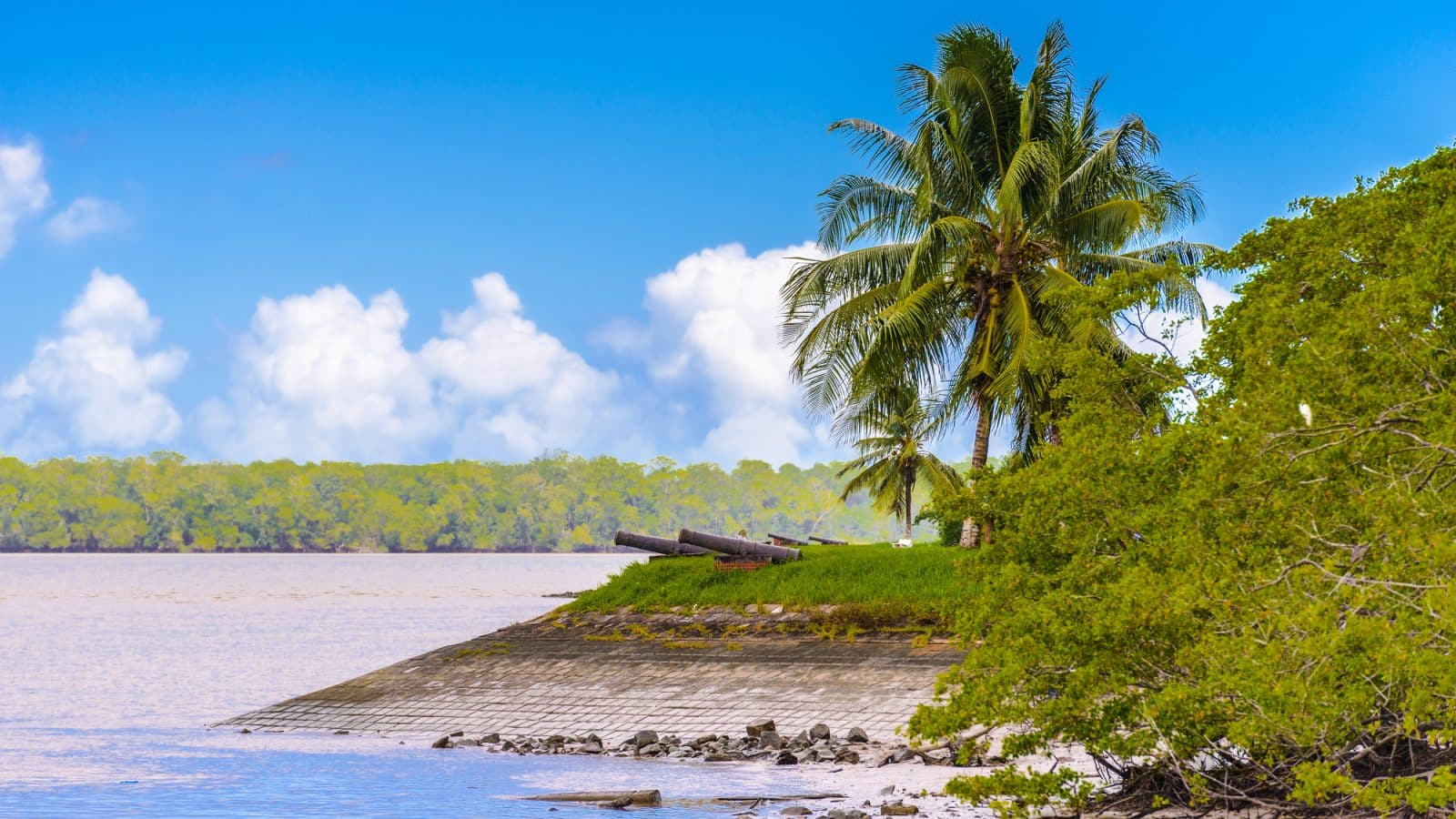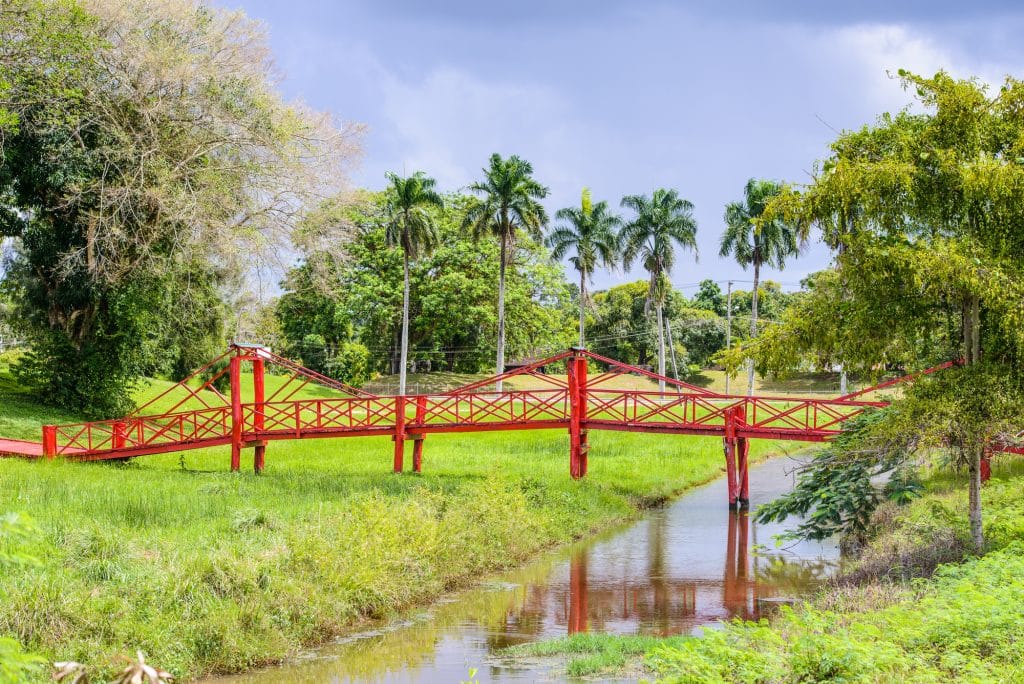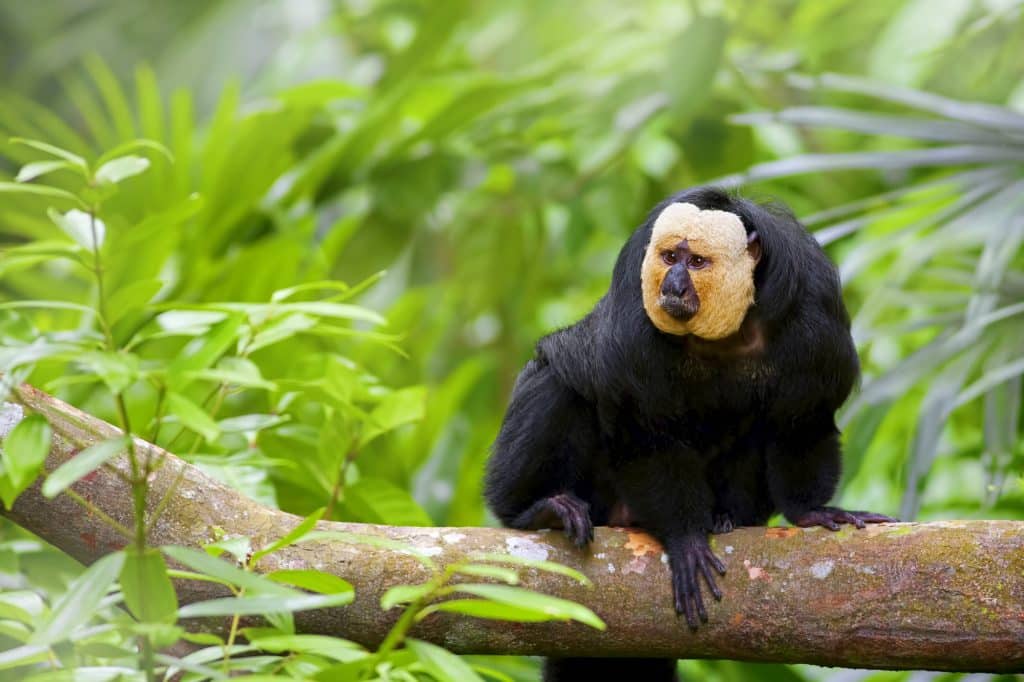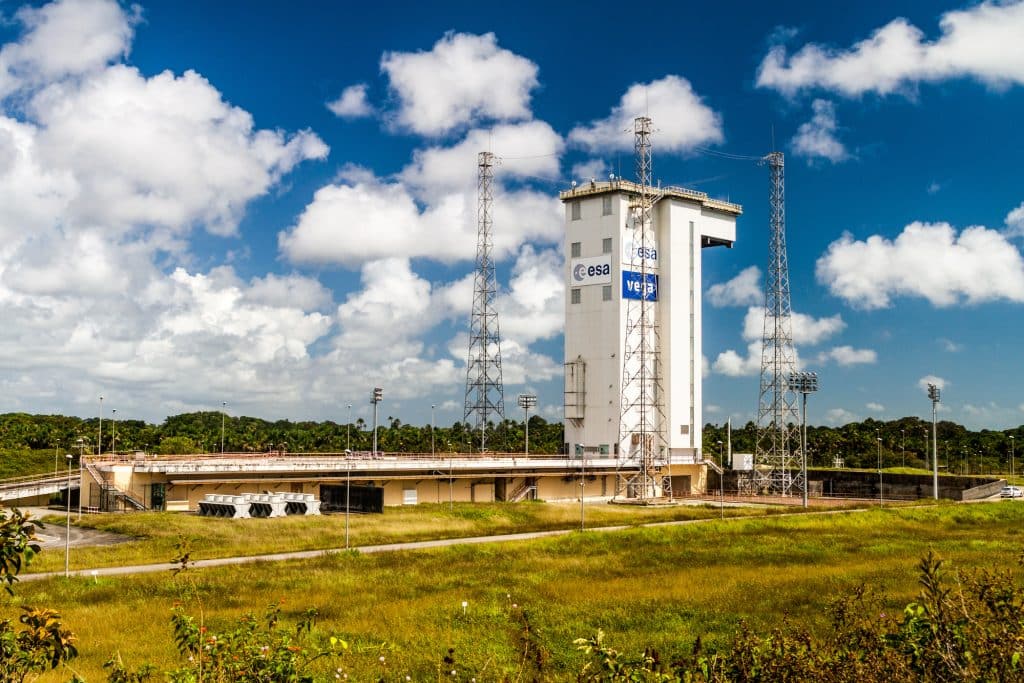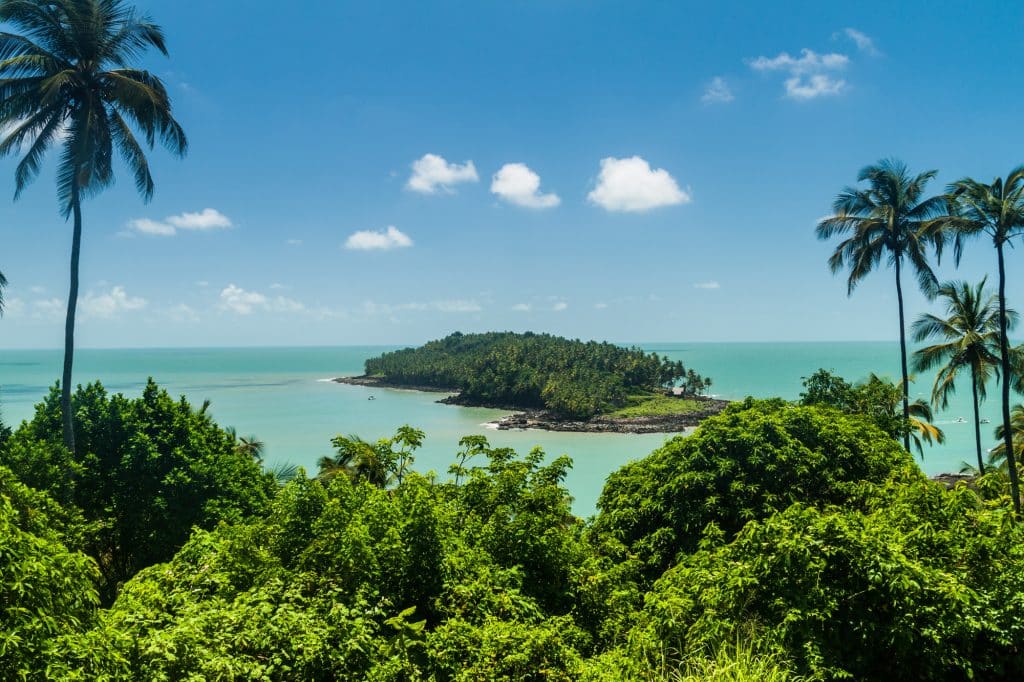Tucked away in the northeastern corner of South America, the contiguous nations of Guyana, Suriname, and the overseas French territory of French Guiana form a mosaic of cultures, landscapes, and untamed wilderness often overlooked by mainstream travel itineraries. This is a tale of my journey through ‘The Three Guianas,’ where the Amazon Rainforest breathes life into adventures, and the confluence of diverse histories crafts a narrative as lush as the foliage of its vast hinterlands.
Guyana: Land of Many Waters
My voyage began in Guyana, the only English-speaking country in South America. Landing in the capital city of Georgetown, the sights and sounds of the Stabroek Market, with its vibrant produce and animated chatter, served as an introduction to the country’s rich cultural tapestry. Georgetown’s wooden colonial architecture, like the renowned St. George’s Cathedral, stands tall, telling stories of the country’s British colonial past.
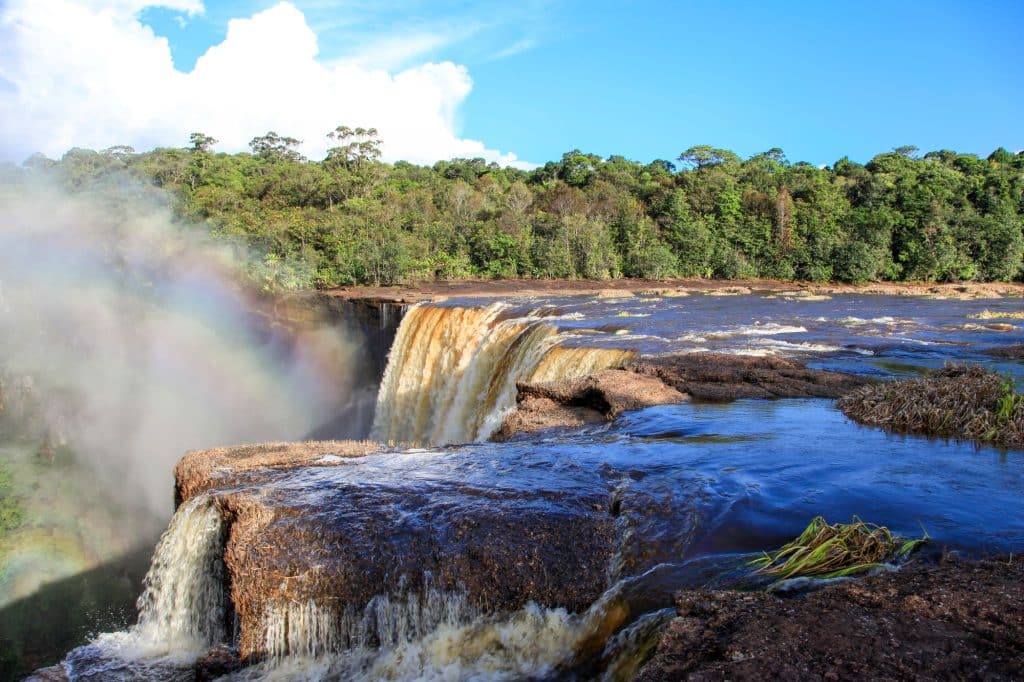
A true highlight was a venture into the rainforest. Guyana prides itself on promoting eco-tourism, with vast expanses of virgin rainforests that are home to an incredible array of biodiversity. Kaieteur Falls, the world’s largest single-drop waterfall by volume, is a spectacle of nature’s raw power and beauty. As the Potaro River plummets 226 meters into the abyss, it generates a cloud of mist that can be seen miles away.
Further explorations led me to the Iwokrama Rainforest Reserve, a living laboratory for sustainable forest management. Here, the Canopy Walkway offers an exhilarating perspective of life above the forest floor. A trek through this emerald expanse could yield sightings of jaguars, giant otters, or any of the 800 species of birds that call Guyana home.
Suriname: A Melting Pot in the Jungle
Suriname, formerly known as Dutch Guiana, greets visitors with a fusion of Dutch influence and a multicultural population. Paramaribo, the capital, is a UNESCO World Heritage site, where the wooden architecture receives a tropical twist. The city’s melting pot is best experienced at the Central Market and the historic Waterkant Street, lined with food stalls offering delights from Javanese satay to Dutch poffertjes.
Exploring Suriname means indulging in its cultural diversity. The country’s people comprise indigenous tribes, African descendants, Indians, Javanese, and Chinese, creating a unique national identity. This harmony is symbolized by the coexistence of a synagogue and a mosque side by side in Paramaribo.
The wilderness calls adventurers to the Brownsberg Nature Park, where the Brokopondo Reservoir, a vast inland sea created by a hydroelectric dam, reveals ghostly remnants of trees jutting from the water. Excursions into the Amazonian interior offer visits to traditional Maroon and Amerindian villages, such as the Saramacca and Arawak communities, where ancient customs persist.
French Guiana: The European Enclave in the Amazon
The journey then led me to French Guiana, an overseas department of France. Upon arrival, the juxtaposition is stark; the euro is the currency, and the tricolor flutters in the breeze. Cayenne, the capital, feels like a slice of France transported to the tropics, with cafes serving croissants and espresso against the backdrop of Creole houses and street markets.
French Guiana’s claim to fame is the Centre Spatial Guyanais, the European Space Agency’s spaceport near Kourou. Visitors can explore the Space Museum and, if timing allows, witness a satellite being launched into orbit – a surreal experience set against the Amazon.
The country is also home to the notorious Îles du Salut, a group of islands that once comprised the infamous Devil’s Island penal colony. A visit here is a haunting reminder of the country’s dark history as a prison colony, now overtaken by lush jungle and wandering wildlife, including the mischievous Capuchin monkeys.
The Green Wilderness
The Guianas are an ecological paradise. From the Kaieteur Falls in Guyana to the Central Suriname Nature Reserve and French Guiana’s Tumuc-Humac Mountains, each offers eco-conscious travel intertwined with outdoor activities like river kayaking, bird watching, and jungle trekking. The biodiversity is staggering, with conservation areas protecting countless species, some of which are found nowhere else on Earth.
Indigenous Communities and Cultural Interactions
Engaging with local communities was one of the most enriching aspects of the trip. In Guyana, spending time with the Indigenous communities like the Makushi around the Rupununi Savannah was insightful. They shared their ancestral knowledge of the land, from traditional farming techniques to the medicinal uses of plants. In Suriname, the Maroon culture provided a poignant historical context, as descendants of escaped African slaves have created their own societies, deep within the rainforest.
Adventures in Cuisine
The Guianas serve up a smorgasbord of culinary experiences. In Georgetown, Caribbean flavors mingle with a hint of the subcontinent, as seen in dishes like pepperpot and roti. Paramaribo’s cuisine reflects its diverse populace, with Indonesian, Indian, and Creole influences fusing into dishes like pom (a savory tart of chicken and root vegetables) and the fiery sambal. French Guiana offers a taste of Creole and French cuisines with a tropical twist, where a simple baguette is often paired with spicy pâtés and local fish.
Festivals and Celebrations
Festivals are the soul of the Guianas. In Guyana, the colorful Mashramani celebrates the country’s Republic status, while Suriname’s Owru Yari rings in the New Year with a vibrant street party. French Guiana’s Carnival is one of the longest in the world, a whirlwind of parades and masked dances reflecting its diverse cultural landscape.
Conservation and Challenges
Traversing these nations also highlighted the challenges they face. The threat of deforestation looms large, with mining and logging pressing against the edges of the forest. The Guianas are at a crossroads, balancing economic development with the preservation of their natural heritage.
A Journey’s End
As my journey concluded, I reflected on the profound beauty and complexity of the Three Guianas. Here, the road less traveled offers rich rewards for those willing to venture into the unknown. Each country, with its unique character and shared commitment to the environment, provides a compelling story of survival, resilience, and the celebration of life in its most vibrant form.
This corner of the continent, a collage of cultures cradled by the Amazon, is a reminder that adventure still exists in the purest form, waiting to be discovered. The Guianas are not just a destination but an experience that continues to resonate with the soul, long after the jungle’s echo fades.

